Dumpling Soup: Basic Information
Pronunciation
Alternative Name(s)
Dish Type
Course
Mealtime
Popular Dumpling Soup Variations

Canederli Soup
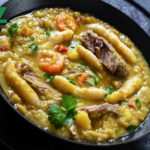
Caribbean Dumpling Soup
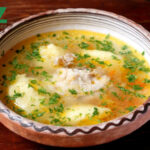
Chicken and Dumplings
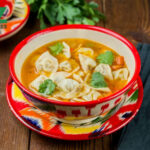
Chuchvara Soup
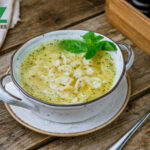
Dushbara Soup
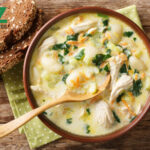
Gnocchi Soup
Dumpling Soup: Ingredients and Preparation
Main Ingredients
Main Cooking Method
Preparation Process
Dumpling Soup: A Deep Dive
Cultural Significance
Taste
Texture
Aroma
Color
Serving Style
Serving Temperature
Accompaniment
Occasions
Seasons
Special Diets
Calories
Popularity
Popular Similar Dishes
Popular Dining Area
Dumpling soup is a globally famous category of dishes made by cooking and serving dumplings in broth with other ingredients.
Dumplings are a type of cooked dough often filled with sweet or savory ingredients, though unfilled dumplings are also popular. There are many shapes of dumplings: balls, crescents, ovals, etc.
While dumplings are present in many cuisines around the world, the first dumplings very likely emerged in Northern China during the Eastern Han dynasty.
There are many ways to prepare this type of food, but boiling dumplings in a rich broth or soup is the most common one.
Dumpling soups can be cooked on the stovetop, with an Instant Pot, or with a slow cooker. Their ideal accompaniments include hot sauces, crusty bread, noodle soups, vegetable stir-fries, spring rolls, salads, and flavorful soups.
Read on to discover essential information about dumpling soups, like their main ingredients, well-known regional variations, and their pros and cons.
Key Points
Dumpling Soup Images
What Are Dumpling Soups Made of?
Most dumpling soups consist of the following 4 parts:
| Ingredients | Characteristics |
|---|---|
| Dumplings | Have an exterior made of starch (like flour or semolina) and optional eggs or butter Can be unfilled or filled with a sweet or savory filling, such as minced meat, cheese, vegetables, tofu, etc. Can be made with exotic ingredients like blood and offal Vary significantly in ingredients, shapes, and sizes from cuisine to cuisine Float in the broth, become slightly translucent outside, or puff up moderately when properly cooked |
| Vegetables | Cabbage, bok choy, carrots, bell peppers, potatoes, onions, and spinach |
| Meat | Often added to the broth in dumpling soups with unfilled dumplings Often features beef or chicken |
| Broth | Popular bases: chicken broth, beef broth, vegetable broth Can be made by cooking dumplings, meat, vegetables, and seasonings in water Can feature flavor enhancers, like soy sauce, fish sauce, sesame oil, scallions, or spices (cinnamon, cloves, bay leaves, etc.) |
Let’s learn about the well-known types of dumpling soups globally, and you will see how those ingredients combine into delicious dishes.
What Are Popular Dumpling Soups Around the World?
The following 22 types of dumpling soups are the most famous ones in the world.

Canederli Soup
Origin: North-east of Italy
Key Ingredients: Canederli (made from stale bread, flour, milk, eggs), broth, pancetta, bacon, cheese
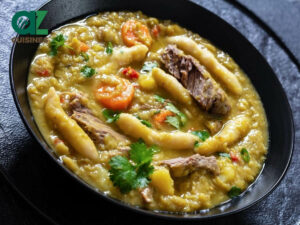
Caribbean Dumpling Soup
Origin: The Caribbean
Key Ingredients: Flour dumplings, broth, meat, vegetables
- Dumpling soup with plain dumplings and local staples, such as cassava or plantains
- Particularly popular in Jamaica

Chicken and Dumplings
Origin: The United States, Canada
Key Ingredients: Dumplings made from biscuit dough, chicken, chicken broth, vegetables

Chuchvara Soup
Origin: Central Asia
Key Ingredients: Chuchvara (meat-filled dumpling), broth, vegetables
- Small, halal meat dumplings served in a clear broth
- Popular in Kazakhstan, Kyrgyzstan, Tajikistan, Turkmenistan, and Uzbekistan
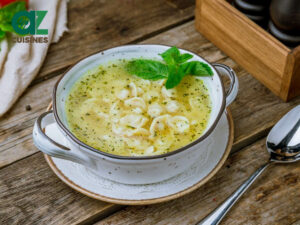
Dushbara Soup
Origin: Azerbaijan
Key Ingredients: Dushbara (meat-filled dumpling), broth
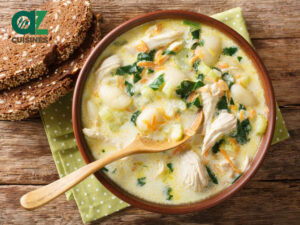
Gnocchi Soup
Origin: Italy
Key Ingredients: Gnocchi (made from flour, egg, salt, potato), broth, meat (usually chicken), vegetables, peas
- Famous Italian comfort food
- Pillowy dumplings in a creamy broth
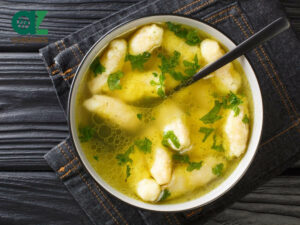
Griessnockerl Soup
Origin: Austria, Germany
Key Ingredients: Semolina dumpling, broth
- Semolina dumplings garnished with herbs in flavorful broth
- Served as an appetizer
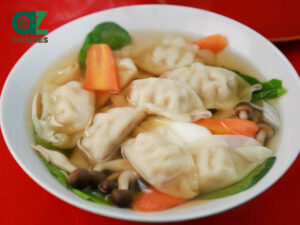
Gyoza Soup
Origin: Japan
Key Ingredients: Gyoza (dumplings filled with meat and vegetables), broth, vegetables
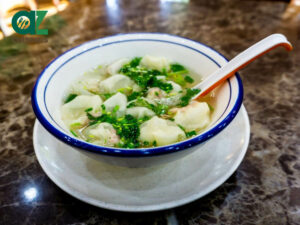
Jiaozi Soup
Origin: China
Key Ingredients: Jiaozi (dumplings filled with seasoned meat), water, spices, vinegar, Chinese condiments
- One of the most popular Chinese dumpling soups
- Usually served at Chinese New Year

Leberknödelsuppe
Origin: Germany
Key Ingredients: Liver dumplings (made from flour, beef liver, breadcrumbs, milk, onions, eggs), beef broth
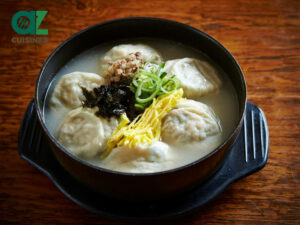
Mandu-guk
Origin: Korea
Key Ingredients: Mandu (dumplings filled with meat or vegetables), beef or anchovy broth
- Popular Korean dish
- Sometimes paired with kimchi or tteok (rice cake)

Matzah (or Matzo) Ball Soup
Origin: Jewish cuisine
Key Ingredients: Matzah balls (made from matzo meal, eggs, fat), broth, vegetables
- Fluffy or dense dumplings in broth
- Often served at Passover
- Popular in Israel
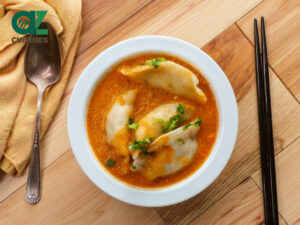
Jhol Momo
Origin: Nepal
Key Ingredients: Momo (dumplings filled with meat or vegetables), water, vegetables, spices
- Filled dumplings in a spicy broth
- Popular during winter
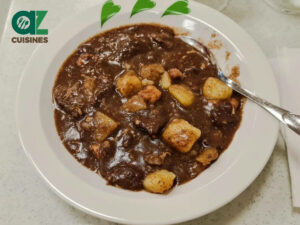
Mykyrokka
Origin: Finland
Key Ingredients: Myky (dumplings made from barley flour and blood), meat, offal, potatoes, onions, water
- Blood dumpling soup with a dark brown color and a uniquely rich taste
- Popular in Savonia

Pantruca
Origin: Chile
Key Ingredients: Flour dumplings, broth, vegetables
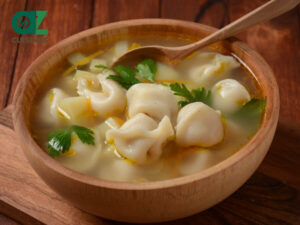
Pelmeni Soup
Origin: Russia
Key Ingredients: Pelmeni (dumplings filled with meat or mushrooms), broth, vegetables
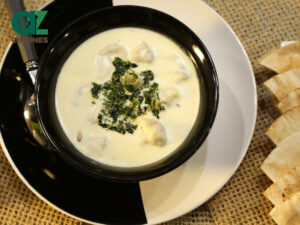
Shishbarak Soup
Origin: Middle East
Key Ingredients: Shishbarak (beef-filled dumplings), yogurt, water, spices
- Beef-filled dumplings cooked in a tangy yogurt broth
- Popular in Lebanon, Syria, Jordan, Palestine, Iraq, etc.

Asopao de Gandules
Origin: Puerto Rico
Key Ingredients: Pigeon peas, rice, ham, vegetable, squash, plantain dumplings (made from plantains and spices), chicken broth
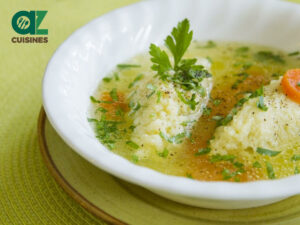
Supă de Găluşte
Origin: Romania
Key Ingredients: Semolina dumplings, broth, vegetables, chicken
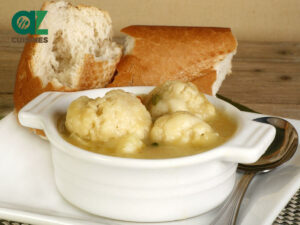
Suet Dumpling Soup
Origin: UK and Ireland
Key Ingredients: Suet dumplings (made from suet, flour, baking powder, cold water), broth, vegetables
- Puffy dumplings with an airy exterior in a fragrant broth
- Staple dish in England
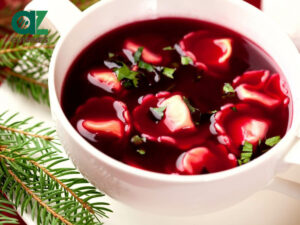
Uszka Soup
Origin: Poland
Key Ingredients: Uszka (ring-shaped dumplings filled with mushrooms and/ or meat), broth or borscht
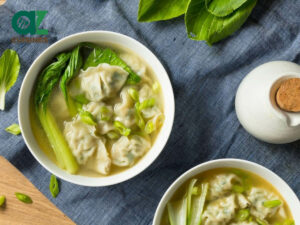
Wonton Soup
Origin: China
Key Ingredients: Wontons (dumplings filled with seasoned meat), broth, bok choy
- Thin-skinned dumplings in a broth flavored with Chinese condiments
- Usually served with egg noodles
Does the diversity of dumpling soups surprise you? Continue reading to discover the pros and cons of dumpling soups that will open your eyes.
Pros and Cons of Eating Dumpling Soup
Here is a list of advantages and disadvantages found in dumpling soups.
Pros
Cons
Other than the upsides and downsides above, are there other must-know facts about dumpling soups? The answer is yes; check out the FAQs for more information.



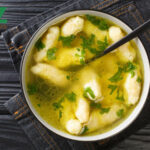
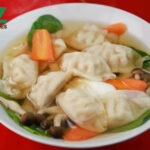
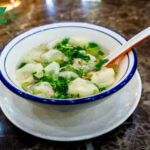
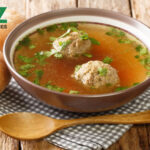
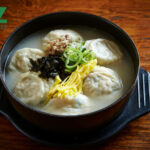
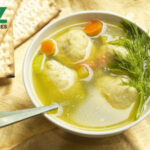
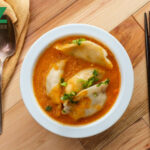
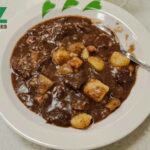
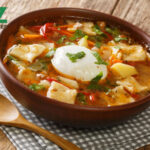
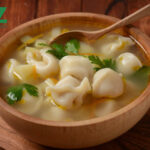
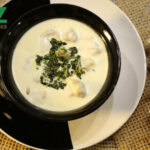
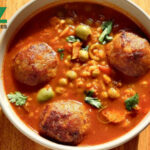
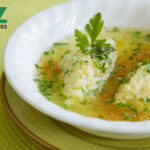
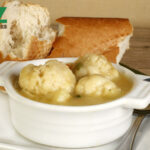

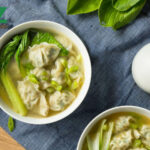
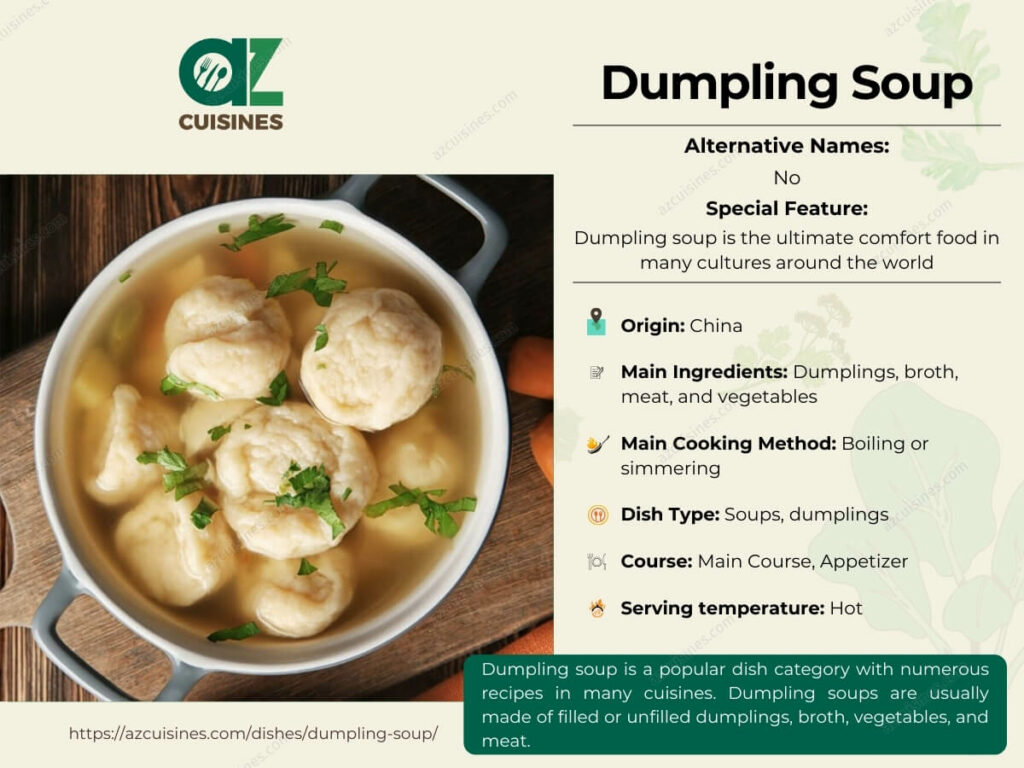


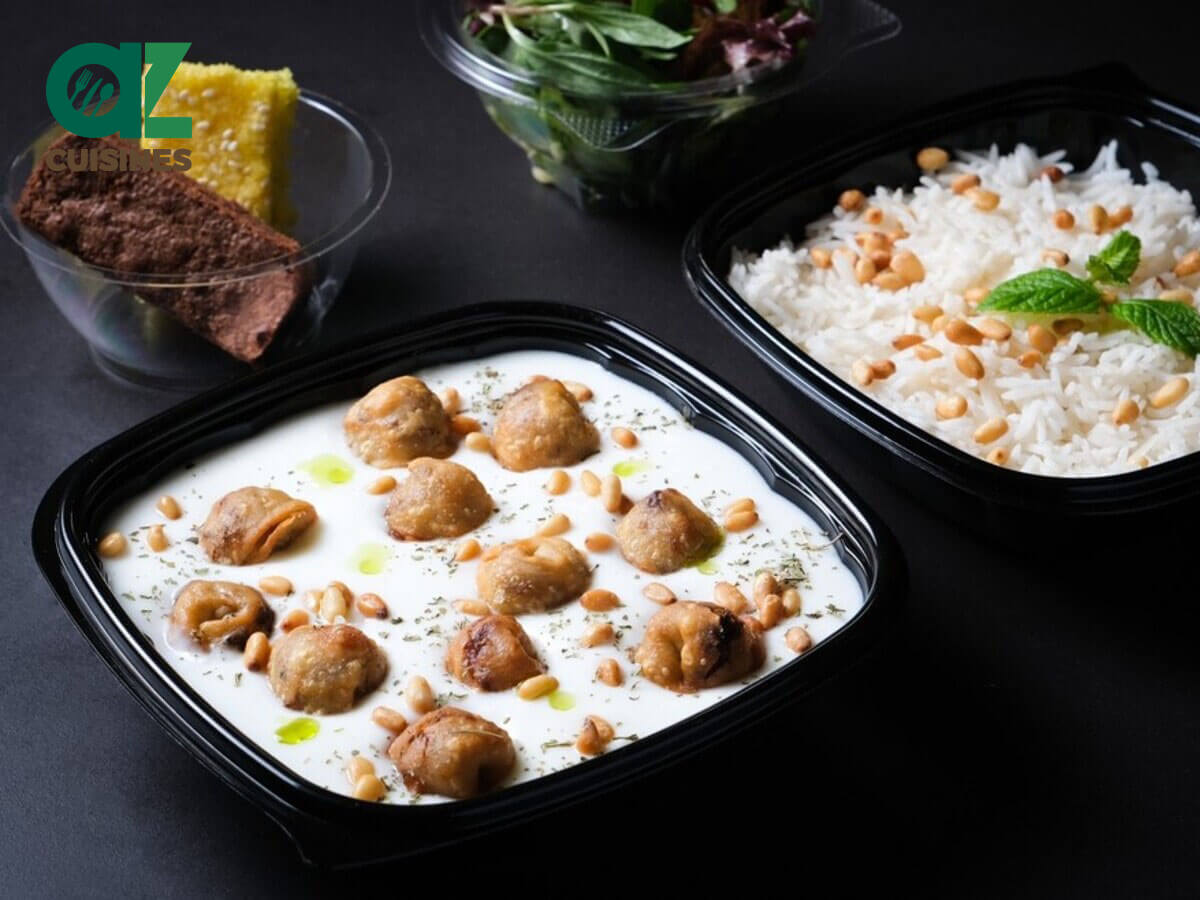
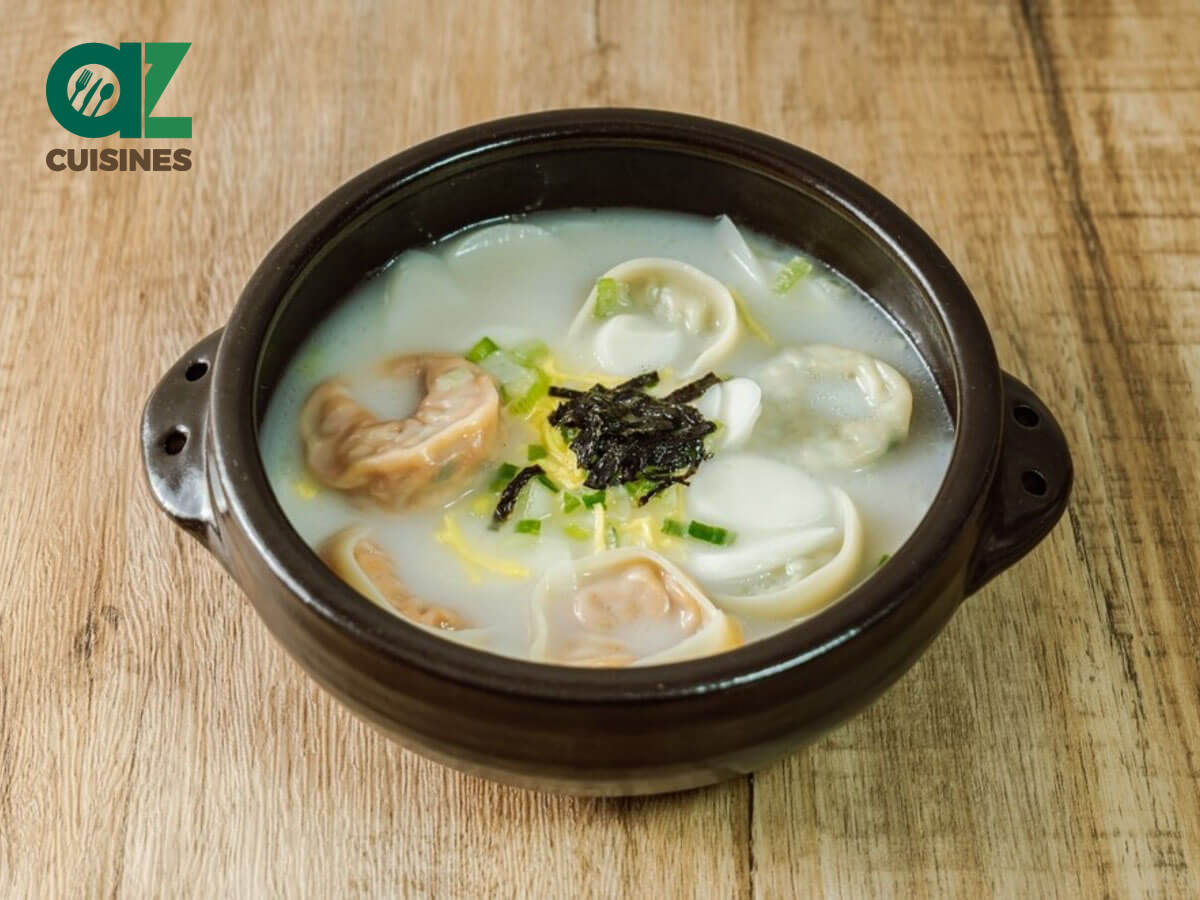

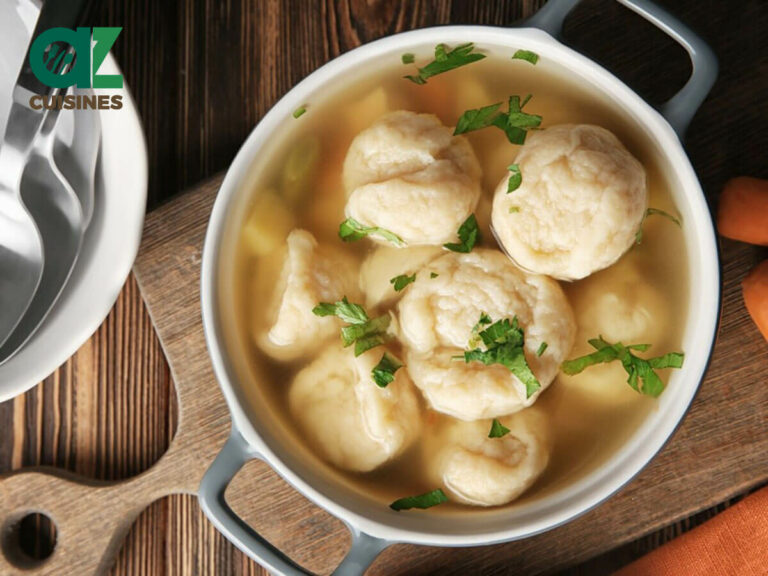
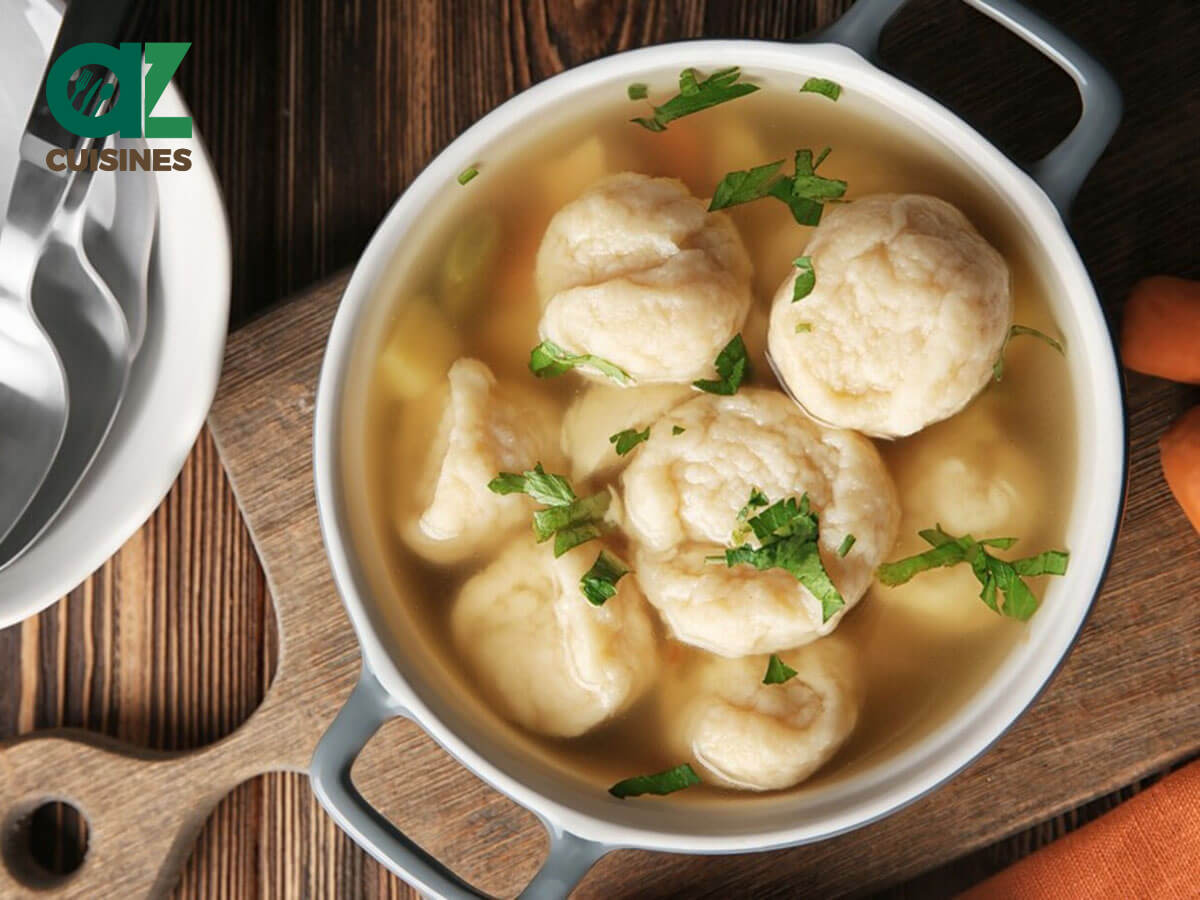
Adam Sam
Senior Food and Drink Editor
Expertise
Food Writer & Recipe Developer, Recipe Tester, Bartender, Cooking-video Maker, Editor In Chief
Education
Adam Sam, an experienced food writer and recipe developer, is passionate about blending diverse culinary traditions, national dishes, and innovative beverages, showcasing his proficiency in both traditional and modern recipe testing.
As the Editor-in-Chief, he elevates culinary content from street food to fine dining, focusing on Western cuisine and types of drinks at azcuisines.com, and is professional in creating engaging cooking videos that simplify complex dishes and ingredients.
His passion for food is evident in his writing, where he uniquely merges various cultures, traditions, and contemporary trends, skillfully combining classic recipes with modern cooking methods.